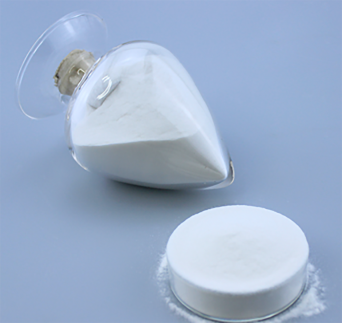
નવેમ્બર . 17, 2024 16:57 Back to list
Understanding Hydroxypropyl Methyl Cellulose and Its Applications in Various Industries
Understanding Hydroxypropyl Methyl Cellulose A Versatile Compound
Hydroxypropyl methyl cellulose (HPMC) is a non-ionic cellulose ether derived from natural cellulose. It is widely used across various industries due to its unique properties and versatility. This article explores what HPMC is, its chemical structure, applications, and benefits.
Chemical Structure
HPMC is synthesized by modifying cellulose, a naturally occurring polymer found in plant cell walls. This modification involves the substitution of hydroxyl groups on the cellulose backbone with hydroxypropyl and methyl groups. The chemical formula of hydroxypropyl methyl cellulose can be represented as (C6H10O5)n, where n is the degree of polymerization. Its structural composition imparts distinctive characteristics, such as water solubility and film-forming ability.
Applications
HPMC's versatility lends itself to a myriad of applications across different sectors
1. Pharmaceutical Industry HPMC is primarily used as a binder, thickening agent, and controlled-release agent in the formulation of tablets and capsules. Its ability to enhance the viscosity of solutions and stabilize emulsions makes it invaluable in drug delivery systems.
what is hydroxypropyl methyl cellulose

2. Food Industry As a food additive, HPMC serves as a thickener, stabilizer, and emulsifier. It helps improve the texture of various food products, such as sauces, dressings, and ice creams, providing creaminess and preventing ingredient separation.
3. Cosmetic and Personal Care In cosmetics, HPMC functions as a thickening agent, film-forming agent, and stabilizer in creams, lotions, and gels. Its skin-feel properties enhance the texture of personal care products.
4. Construction HPMC is widely used in the construction industry as an additive in cement and gypsum-based products. It improves workability, water retention, and adhesion, ensuring that construction materials perform effectively.
5. Agriculture HPMC is used in the formulation of pesticides and herbicides, enhancing their effectiveness by improving adhesion to plant surfaces and controlling the release of active substances.
Benefits
The numerous advantages of HPMC make it a preferred choice across various applications. It is non-toxic, biodegradable, and does not cause irritation, making it safe for use in food and pharmaceuticals. Its excellent thickening, binding, and emulsifying properties contribute to enhanced product performance and stability.
In conclusion, hydroxypropyl methyl cellulose is a multifaceted compound that plays a significant role in various industries, enhancing product quality and performance. Its unique chemical properties and wide range of applications make HPMC an essential ingredient in modern formulations. As research continues, its uses may expand further, solidifying its status as a vital component in multiple fields.
-
Versatile Hpmc Uses in Different Industries
NewsJun.19,2025
-
Redispersible Powder's Role in Enhancing Durability of Construction Products
NewsJun.19,2025
-
Hydroxyethyl Cellulose Applications Driving Green Industrial Processes
NewsJun.19,2025
-
Exploring Different Redispersible Polymer Powder
NewsJun.19,2025
-
Choosing the Right Mortar Bonding Agent
NewsJun.19,2025
-
Applications and Significance of China Hpmc in Modern Industries
NewsJun.19,2025







